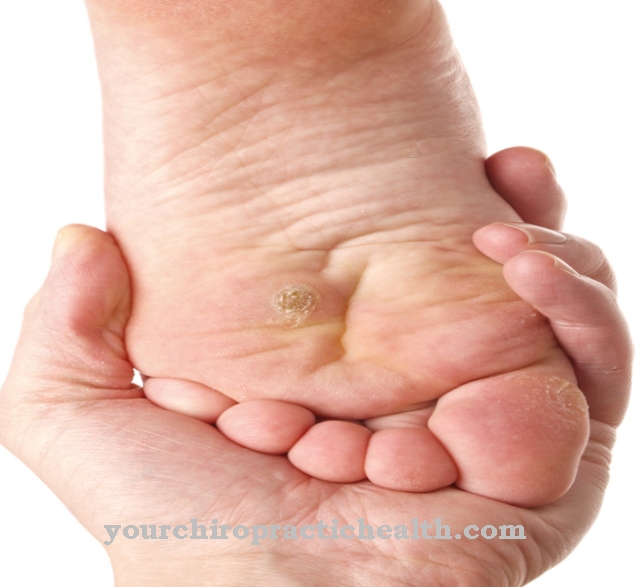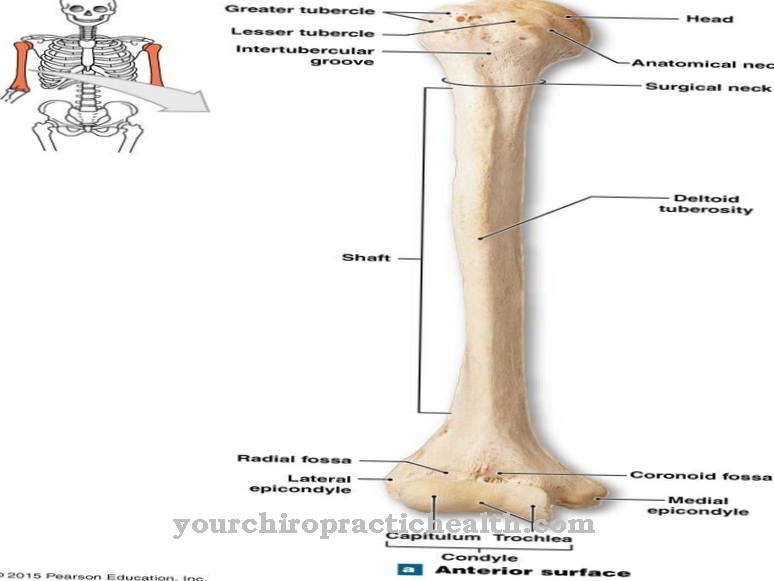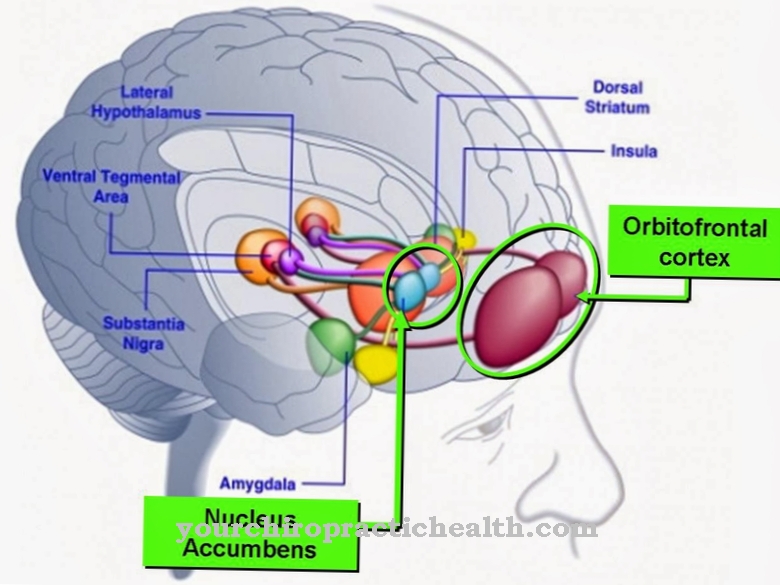Of the A point is an erogenous zone in women that is supposed to lie between the G-spot and the cervix. Its existence has not yet been scientifically proven and is considered a pure hypothesis. The stimulation of the A-point should enable multiple orgasms as well as prevent vaginal dryness.
What is the A point?
Chua Chee Ann first described the so-called Anterior Fornix Erogenous Zone at the Asian Congress of Sexology in 2003. This zone is supposed to be an erogenous zone in the vaginal area of women that is particularly sensitive to stimulation of all kinds.
The zone is abbreviated as the A point and, in the opinion of the first gynecologist Ann, is much more sensitive to stimuli than the much discussed G point. Like the G-spot, the A-spot has remained a myth so far. There are very few scientific findings on the hypothesis. Nonetheless, the Malaysian gynecologist Ann states that around a third of all women achieve multiple orgasms through stimulation of the A-point.
The hypotheses on the A point not only overlap with those on the G point, but also with the U point: a slightly larger area at the mouth of the urethra. So far, the clitoris, the so-called C-point, is the only erogenous zone in the female vagina area that has been scientifically proven.
Anatomy & structure
According to the self-proclaimed explorer and gynecologist Chua Chee Ann, the A-spot is a tiny area in the vaginal wall of every woman. According to Ann, the errogenous zone is more precisely in the front wall of the vagina and can be found roughly in the area between the G-spot and the cervix.
Since, according to Ann, the A-point is an even more sensitive zone than the G-point, a high degree of sensitive innervation in connection with the anatomical structure is obvious. It is likely that there are numerous nerve end corpuscles or Vater Pacini corpuscles in the area that are susceptible to mechanical stimulation. In addition, the A point appears to be connected to the greater vestibular gland. This is the large vaginal atrial gland, which is stimulated to secrete when the point is stimulated.
During sexual arousal of all kinds, the gland secretes via a reflex arc. The excretory ducts lead into the vaginal vestibule and ensure that the female vagina becomes moist. The connection between the A point and the gland is probably to be understood as a reflex connection.
Function & tasks
The task of the A-point is similar to the function of the legendary G-spot or that of the scientifically proven clitoris. All of them are erogenous zones, the stimulation of which favors the female orgasm and thus a relaxation experience during sexual intercourse. It is not just a man's orgasm that has an evolutionary sense. That of women is also relevant to evolutionary biology.
The orgasm creates a positive experience of the reproductive act that invites repetition. From an evolutionary point of view, this positive experience guarantees human species conservation in the broadest sense. Zones such as the A, G or C point also use reflex connections to ensure that women do not feel pain during sexual intercourse, as can be caused by the friction of the male penis in a vagina that is too dry. The fact that the female vaginal space becomes "wet" when the errogenic zones are stimulated prevents any friction pain. The secretion of lubricating liquid is not the task of A-Punkt and Co., but it is related to it.
The secretion by the glands is stimulated by excitation. The main function of the A-point is associated by the explorer Chua Chee Ann with the pleasurable experience of intimacy. This lustful life has been shown to increase the level of arousal in the central nervous system. A person's performance increases in direct connection with this level of arousal. Stimuli are felt even more intensely, which may be related to the multiple orgasms that Chua Chee Ann describes when the A point is stimulated.
Diseases
The first person to describe it, Chua Chee Ann, points out the relevance of the A point in connection with vaginal dryness. Extreme vaginal dryness can be an age-physiological problem. For example, menopausal women often suffer from extreme drought.
The same applies to women who are breastfeeding or who have had ovarian surgery. Mental health problems and certain medications can also cause vaginal dryness. Typical symptoms of the phenomenon are pain during sexual intercourse, accompanied by a burning sensation or itching in the genital area. Burning sensation can also occur while urinating. After intercourse, many patients with the phenomenon suffer from light bleeding. The cervix and the vaginal lining do not secrete enough genital fluorine when the vagina is dry.
This milky secretion not only keeps the vagina moist, but also protects the woman's genital area from pathogens. The vaginal fluid is also related to the female sex hormone estrogen. If too little estrogen is produced, not enough secretion is formed. Because of this relationship, the prevalence of vaginal dryness increases, for example during menopause. The phenomenon can favor numerous secondary diseases and psychological problems. One of the most important secondary diseases is bacterial or fungal colonization of the genital area.
In addition, psychological problems usually arise because the patient from then on perceives the sexual act as uncomfortable and this fact puts a strain on the partnership. Since the stimulation of the A-point is supposed to be associated with a high secretion of the glands, the A-point can improve vaginal dryness under certain circumstances and prevent secondary diseases.













.jpg)

.jpg)
.jpg)











.jpg)